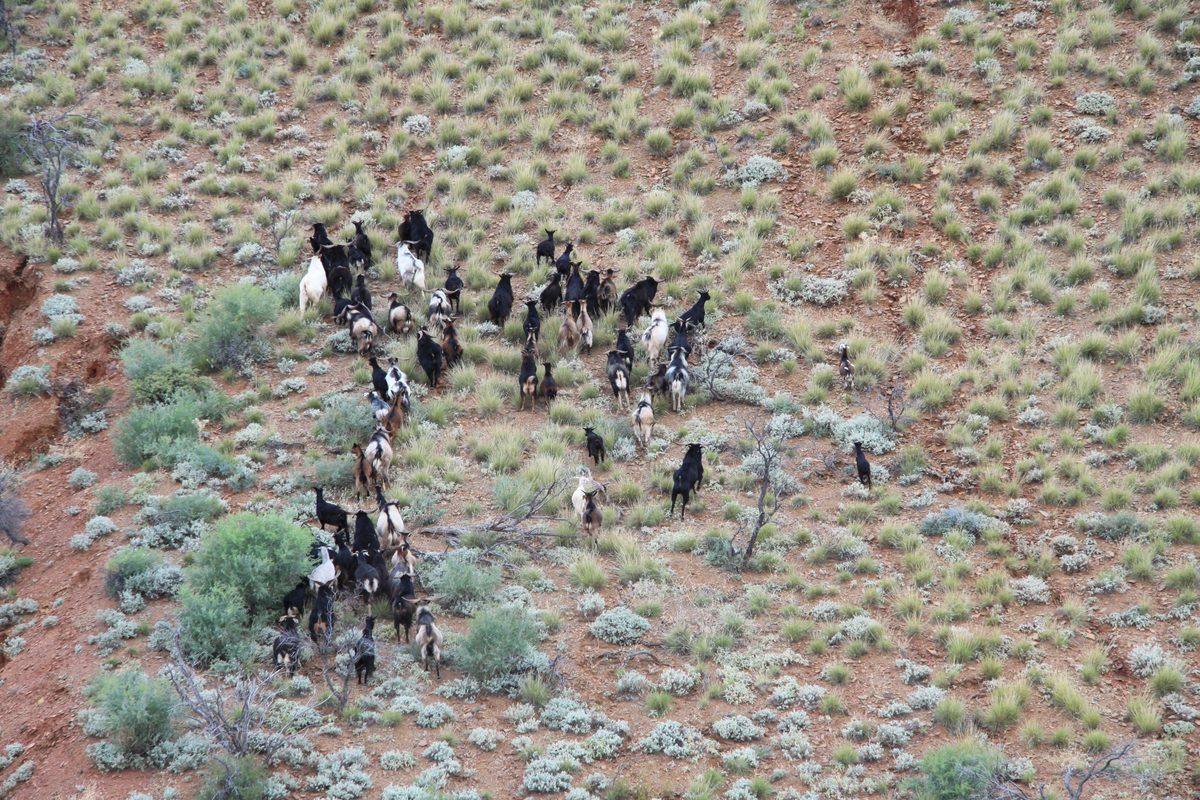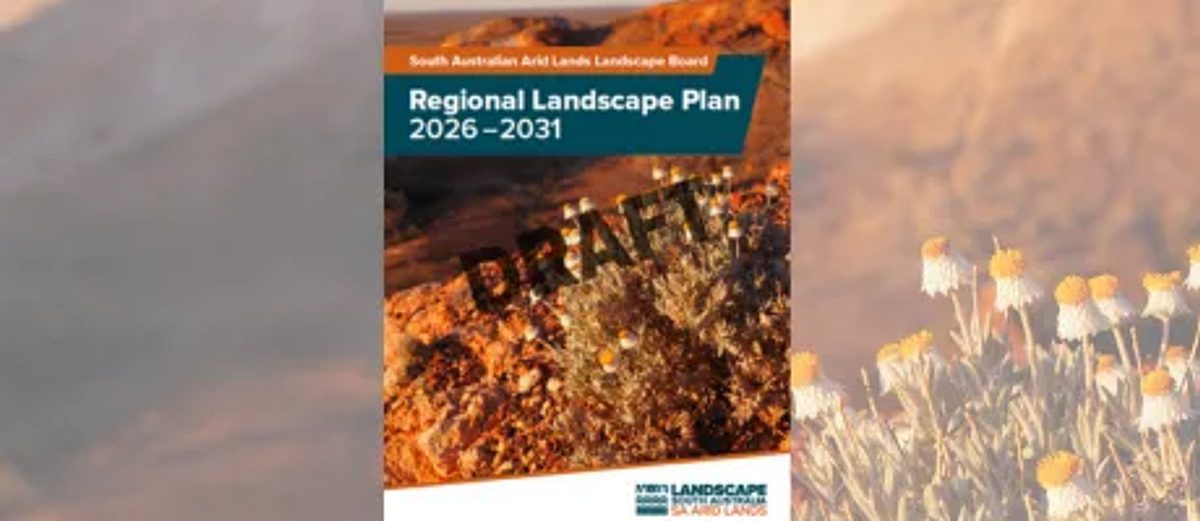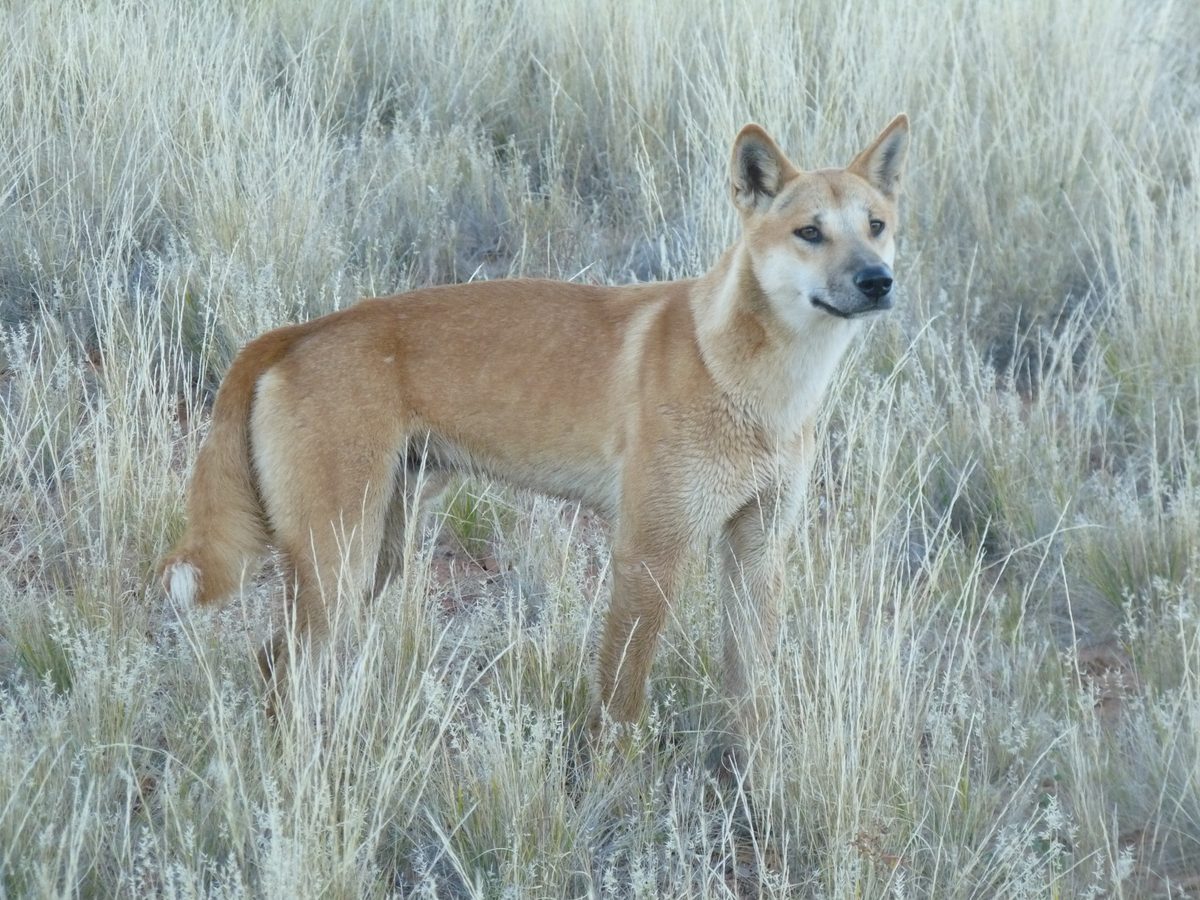Idnya numbers continue to grow at Arkaba
The capture of 12 Idnya (Western quolls) at Arkaba Conservancy in April is further proof that the vulnerable species has grown its population outside of its original translocation site at the neighbouring Ikara-Flinders Ranges National Park.
It was the board’s second trapping event at Arkaba, on Adnyamathanha Country, undertaken as part of the Discovery4Recovery program. This project is funded by the Australian Government Natural Heritage Trust and delivered by the SA Arid Lands Landscape Board, a member of the Commonwealth Regional Delivery Partners panel.
Staff members from the SAAL Landscape Board, Nantawarrina Rangers, Arkaba Conservancy and National Parks and Wildlife SA joined the four-night event. Each night they set 119 traps, 300m apart across trap lines near Red Range and Moralana Drive, Elder Range and on a third line closer to Wilpena Pound in Ikara.
While all Idnya captured at last year’s event were on the line laid closest to Ikara, this year they were captured on all three lines, indicating a growth in their range.
The 12 Idnya surpassed last year’s capture of 10 and included 11 new individuals – three females and eight males, plus one male recapture from last year’s event.
The Idnya were of a good size, ranging from 660g to 1475g, despite the current dry conditions in the Flinders Ranges.
Two male Virlda (Brush-tail possums) were also captured, weighing 1780g and 2200g and doubling the number captured in last year’s event. The Virlda were also reintroduced in the adjoining national park after becoming locally extinct.
SAAL Senior Community Ecologist Elisa Sparrow said a growth in the baseline data collected at last year’s event was good news for the program.
“All trapping events provide data that paint a picture of trends over time – and we will continue to monitor this site to develop this story.
“Unfortunately this year’s event also included the capture of 14 feral cats. While they were not our target, the capture will guide future control works.”
Arkaba is on the southern boundary of the national park and has undertaken its own threat abatement work in collaboration with the SAAL Landscape Board and the National Parks and Wildlife Service’s Bounceback program.
Over the past 11 years, Arkaba has controlled cats, foxes, goats and rabbits to support the work happening within Ikara for the Idnya and Virlda (Brush-tail possum) populations introduced to the park from 2014.
Arkaba Conservancy owner Charles Carlow joined the trapping event with director of Arkaba Environmental Projects Penny Rafferty, and was delighted to see the results.
He said while capturing an Idnya was exciting, the news of cat captures was concerning and provides a real focus for management at the property this year.
“Ultimately we’re hoping to support them to extend their range, which also means controlling their predators,” he said.
Idnya are a totem species for the local Adnyamathanha people and disappeared from the area more than 100 years ago.
They were reintroduced in a partnership between the Department for Environment and Water (DEW) and the Foundation for Australian Most Endangered (FAME). Since that time, a partnership between SAAL, DEW and FAME sourced additional quolls from Western Australia and the population has continued to grow, moving the species from the endangered list to now be considered a vulnerable population.
At the same time, the Bounceback program has undertaken fox baiting across the National Park footprint and SAAL’s Bounceback and Beyond Project (2018-2023) removed cats, foxes and goats from the surrounding landscape to give the population the best chance of survival as it expanded outside of the park.
For more information, visit www.landscape.sa.gov.au/saal


